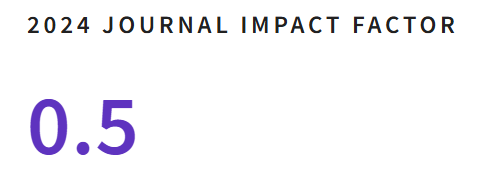Viticulture Heritage in Wattle and Daub in the Urban Sprawl in Mendoza, Argentina
DOI:
https://doi.org/10.35588/rivar.v9i25.5449Keywords:
wattle and daub, urban-rural interface, cultural heritage, land and use planning, Green Belt of MendozaAbstract
The wineries materialized with wattle and daub are considered cultural heritage because they condense characteristics of the area where they are located and show a unique connection between nature and culture. However, since the 2000s in Mendoza, these heritage buildings that belong to small-scale producers are mainly demolished because of the accelerated transformations of the territory, associated mostly with urban sprawl over rural areas. Although in the last decade land planning actions have taken center stage trying to regulate urbanization and protect agricultural areas, it is observed that they are not enough to value cultural heritage associated with viticulture for its conservation and valorization as an identity factor. This work analyzes the characteristics and heritage condition of the wineries built in wattle and daub located in the northern oasis of Mendoza and the impact of urban sprawl on these constructions. For this, qualitative methodology tools have been used and the agricultural Green Belt of Mendoza was selected as a case study. The results aim to reflect on the impacts of urban sprawl on the wine-growing heritage to generate recommendations for public policy to recognize its values and their application in local development actions.
Downloads
Downloads
Submitted
2022-03-23Published
Versions
- 2024-08-16 (2)
- 2022-02-25 (1)









